Missions & Projects
Featured
Alphabetical
By Last Name:
Displaying records 1 to 24 of 288.
Show:
ACE Cosmic Ray Isotope Spectrometer (CRIS)
The Cosmic Ray Isotope Spectrometer (CRIS) measures the abundances of galactic cosmic ray isotopes.
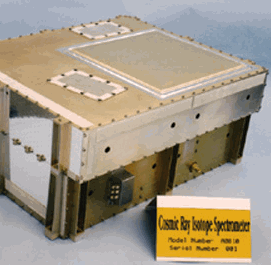
ACE Solar Isotope Spectrometer (SIS)
The Solar Isotope Spectrometer provides isotopically resolved measurements of the elements from lithium to zinc over the energy range 10 - 100 MeV/nucleon. The SIS dectector system consists of two identical telescopes composed of stacks of large-area solid-state detectors.
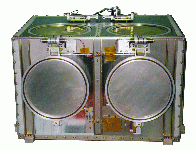
Advanced Composition Explorer (ACE)
The Advanced Composition Explorer (ACE) studies energetic particles from the sun as well as sources within and outside our galaxy. ACE observations contribute to our understanding of the formation and evolution of the solar system as well as the astrophysical processes involved. NASA's Goddard Space Flight Center provided detectors and telescopes for several of ACE's instruments. The mission launched in 1997.
Key Staff
- Project Scientist: Eric Christian

Advanced Topographic Laser Altimeter System (ATLAS)
ICESat-2 carries a single instrument – the Advanced Topographic Laser Altimeter System, or ATLAS. Like the altimeter on the first ICESat mission, ATLAS measures the travel times of laser pulses to calculate the distance between the spacecraft and Earth’s surface. ATLAS features new technologies that allow it to collect a more detailed, precise picture of the heights of the planet’s ice, vegetation, land surface, water and clouds. As it orbits over the poles, ATLAS has three major tasks: Send pulses of laser light to the ground, collect the returning photons in a telescope, and record the photon travel time.
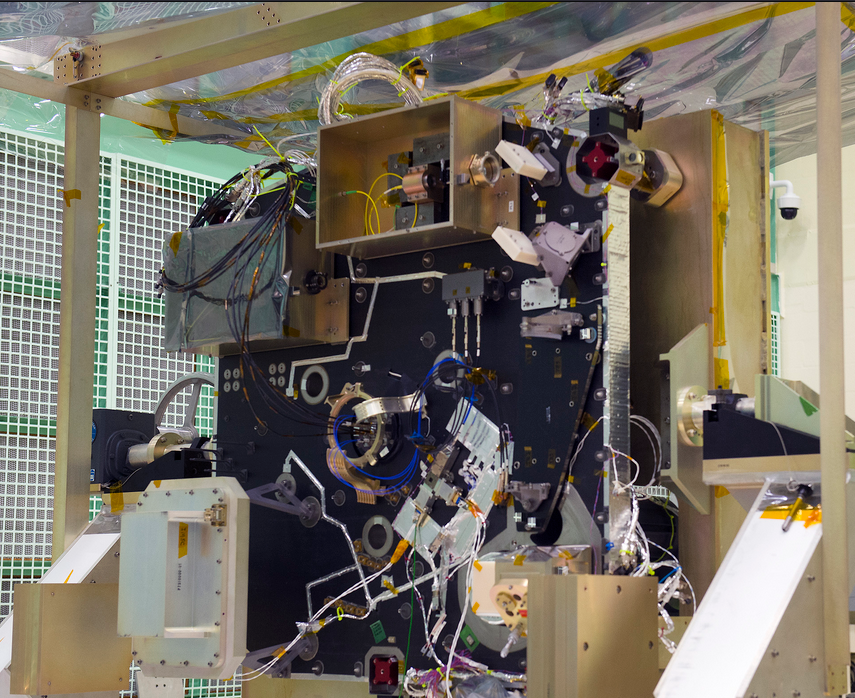
Aeronomy of Ice in the Mesosphere (AIM)
The AIM satellite mission is designed to explore Polar Mesospheric Clouds (PMCs), also called noctilucent clouds, to find out why they form and why they are changing.
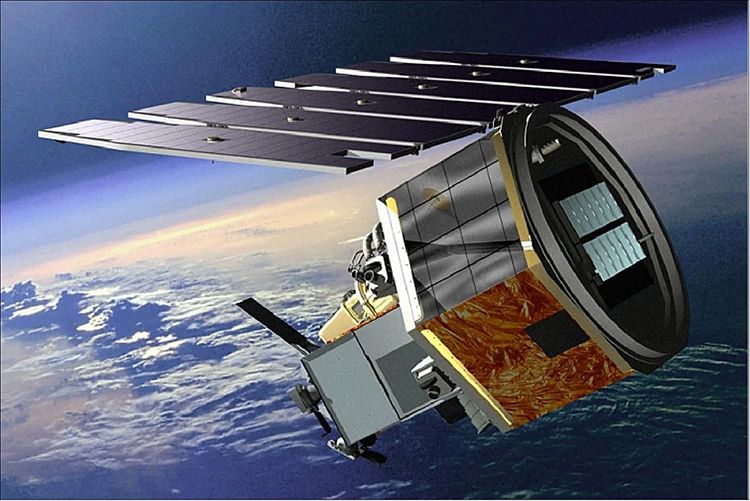
AErosol RObotic NETwork (AERONET)
The AERONET (AErosol RObotic NETwork) program is a federation of ground-based remote sensing aerosol networks established by NASA and PHOTONS (PHOtométrie pour le Traitement Opérationnel de Normalisation Satellitaire; Univ. of Lille 1, CNES, and CNRS-INSU) and is greatly expanded by networks (e.g., RIMA, AeroSpan, AEROCAN, and CARSNET) and collaborators from national agencies, institutes, universities, individual scientists, and partners. The program provides a long-term, continuous and readily accessible public domain database of aerosol optical, microphysical and radiative properties for aerosol research and characterization, validation of satellite retrievals, and synergism with other databases. The network imposes standardization of instruments, calibration, processing and distribution.
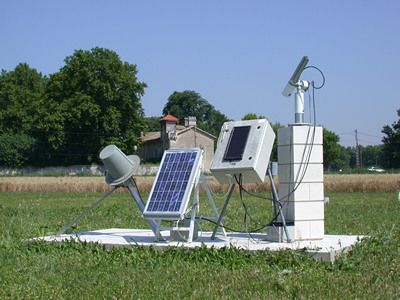
Aerosol, Cloud, Humidity, Interactions Exploring and Validating Enterprise (ACHIEVE)
Accurate retrievals of aerosol and cloud properties from space-borne sensors have been achieved with certain degrees of confidence. One of the most difficult tasks remaining to be resolved is when aerosols and clouds co-exist and interact with each other.
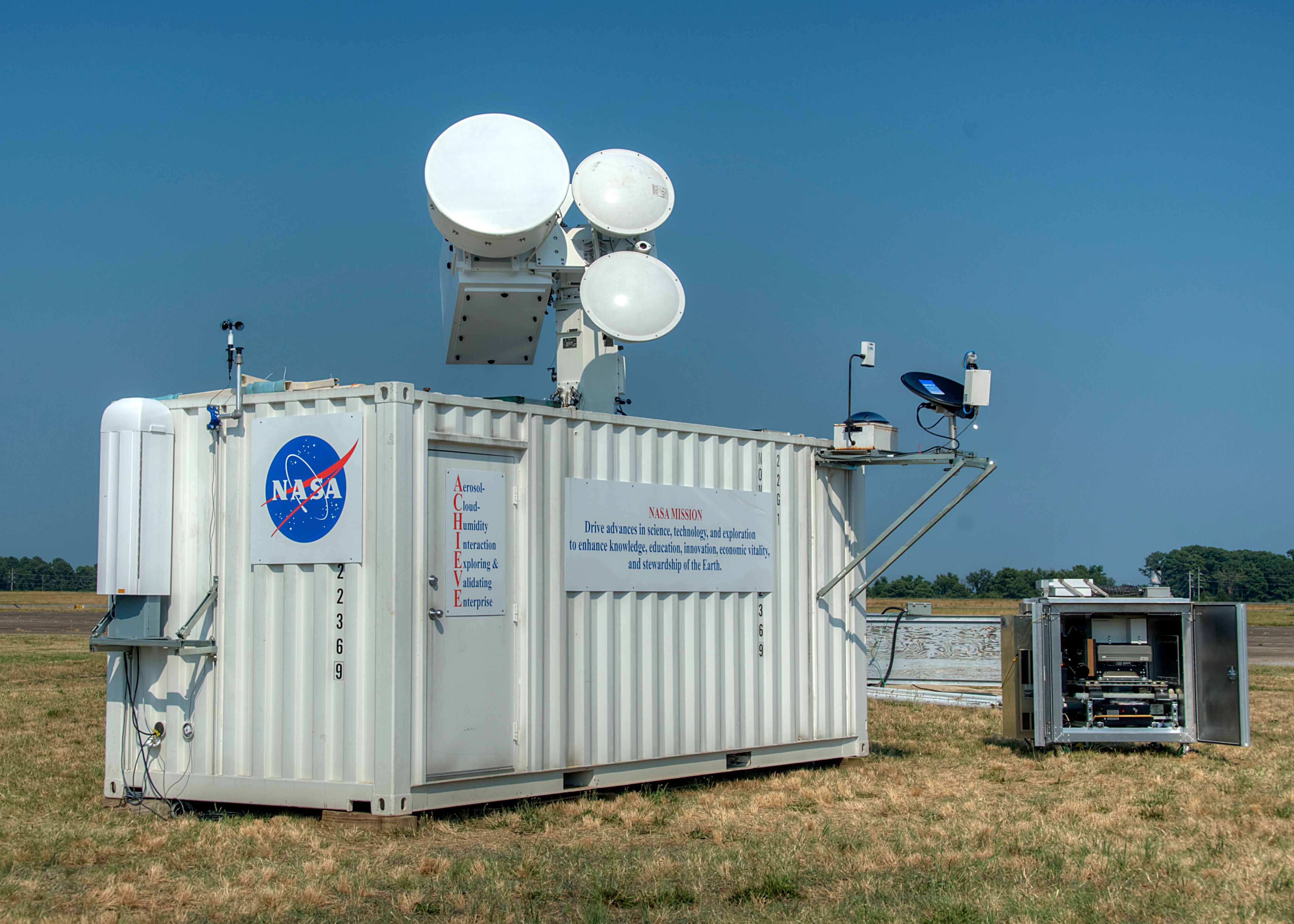
Airborne and Satellite Investigation of Asian Air Quality (ASIA-AQ)
ASIA-AQ is an opportunity for international collaboration, working with local partners to apply multi-perspective observations in a consistent strategy across interested Asian countries to improve both specific understanding of local air quality issues and general understanding of common challenges in the interpretation of satellite observations and modeling of air quality.
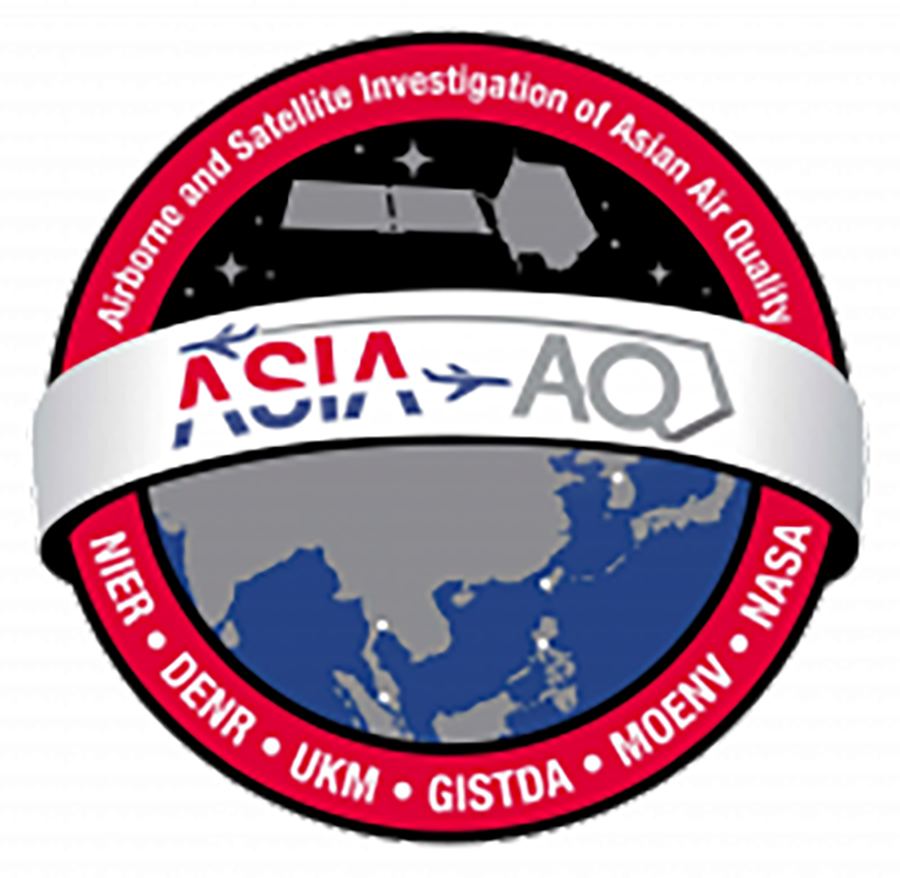
Airborne Earth Science Microwave Imaging Radiometer (AESMIR)
The Airborne Earth Science Microwave Imaging Radiometer (AESMIR) is a passive microwave airborne imager covering the 6-100 GHz bands that are essential for observing key Earth System elements such as precipitation, snow, soil moisture, ocean winds, sea ice, sea surface temperature, vegetation, etc.

Apache Point Observatory
The Apache Point Lunar Laser Ranging Station utilizes the Astrophysical Research Consortium 3.5-meter telescope at the Apache Point Observatory in Sunspot, New Mexico. The large collecting area of the Apache Point 3.5 m diameter telescope, good atmospheric conditions at the site, and the efficient avalanche photodiode arrays used by the station result in a high-detection rate (even multiple detections per laser pulse) leading to millimeter-level range precision.
Key Staff
- Research Associate: Vishnu Viswanathan
- Research Associate: Nicholas Colmenares
- Project Manager: Stephen Merkowitz
- Instrument Scientist: Evan Hoffman
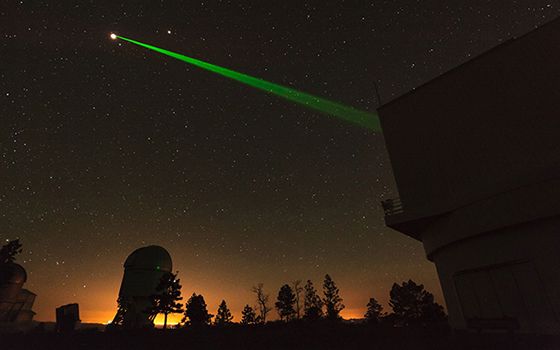
Aqua
Aqua, Latin for water, is a NASA satellite mission designed to collect information about Earth's water cycle and other aspects of the Earth system. Aqua's six instruments collect a variety of global data on ocean evaporation, atmospheric water vapor, clouds, precipitation, soil moisture, sea ice, land ice, and snow cover on the land and ice. Additional variables that Aqua measures include radiative energy fluxes; aerosols; vegetation cover on the land; phytoplankton and dissolved organic matter in the oceans; and air, land, and water temperatures. Aqua was launched on May 4, 2002.
Key Staff
- Project Scientist: Lazaros Oreopoulos
- Deputy Project Scientist: Linette Boisvert
- Instrument Principal Investigator: Miguel Román
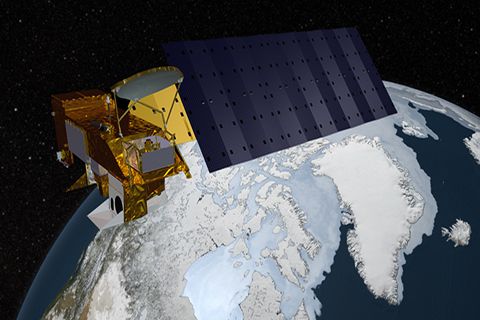
Arctic Mars Analogue Svalbard Expedition (AMASE)
AMASE has established Svalbard as a test bed for life-detection technology that will be used on future NASA and ESA 'Search for Life' mission to Mars.
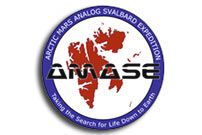
Arctic- Boreal Vulnerability Experiment (ABoVE)
Climate change in the Arctic and Boreal region is unfolding faster than anywhere else on Earth, resulting in reduced Arctic sea ice, thawing of permafrost soils, decomposition of long- frozen organic matter, widespread changes to lakes, rivers, coastlines, and alterations of ecosystem structure and function. NASA's Terrestrial Ecology Program is conducting a major field campaign, the Arctic-Boreal Vulnerability Experiment (ABoVE), in Alaska and western Canada, for 8 to 10 years, starting in 2015. ABoVE seeks a better understanding of the vulnerability and resilience of ecosystems and society to this changing environment.

Arecibo Legacy Data
NSSDCA maintains the data archive of the planetary data collected by the Arecibo radar facility from 1997 to 2020.

Astrobiology Analytical Laboratory
The Astrobiology Analytical Laboratory is dedicated to the study of organic compounds derived from Stardust and future sample return missions, meteorites, lab simulations of Mars, interstellar, proto-planetary, and cometary ices and grains, and instrument development.
Key Staff
- Program Scientist: Danielle Simkus
- Program Scientist: Jamie Elsila Cook
- Program Scientist: Daniel Glavin (he/him)
- Program Scientist: Heather Graham
- Program Scientist: José Aponte
- Program Scientist: Hannah McLain
- Program Scientist: Eric Parker
- Principal Investigator: Jason Dworkin
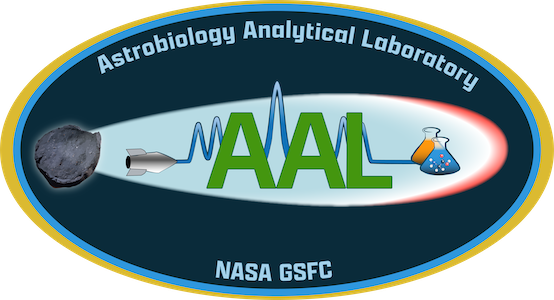
AstroSat
ASTROSAT is a multi-wavelength astronomy mission on an IRS-class satellite in a 650-km, near-equatorial orbit.
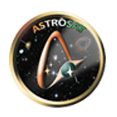
Atmospheric Lidar for Validation, Interagency Collaboration and Education (ALVICE)
ALVICE (Atmospheric Lidar for Validation, Interagency Collaboration and Education) is a ground based mobile lidar that is a roving transfer standard within the Network for the Detection for Atmospheric Composition Change (NDACC). The lidar measurements are water vapor mixing ratio, aerosol backscatter, extinction, depolarization, cloud liquid and ice water and rotational Raman temperature measurements. In addition to these lidar-based measurements additional equipment is carried in the trailer to provide balloon borne measurements (Vaisala RS-92 and Cryogenic Frostpoint hygrometer), surface reference measurements of pressure, temperature and RH as well as total column water using GPS.

Atmospheric Pressure Sounder
The long-term goal of this activity is to demonstrate the feasibility of a laser sounder instrument capable of measuring the surface-pressure field for the entire air column from satellite-to-ground with global coverage. The earth's surface pressure is a vital component of a variety of important scientific measurements, which are being undertaken at Goddard. Accurate knowledge of the surface pressure can enable calibration of 2-D measurements of CO2 content in the atmosphere and greatly improve the fidelity of surface water redistribution measurements from time-varying gravity fields. It is also important in weather prediction and atmospheric modeling.
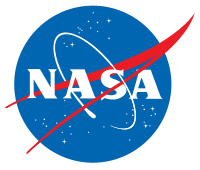
Atmospheric Radiation Measurements (ARM)
The Atmospheric Radiation Measurement (ARM) user facility is a multi-laboratory, U.S. Department of Energy (DOE) scientific user facility, and a key contributor to national and international climate research efforts.

Atmospheric System Research (ASR DOE)
Atmospheric System Research is to advance understanding of the interactions among aerosols, clouds, precipitation, radiation, dynamics, and thermodynamics.
